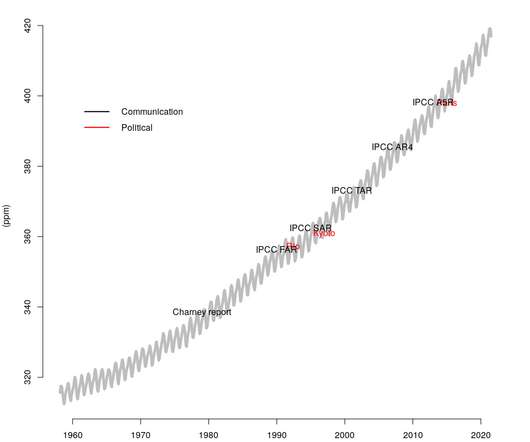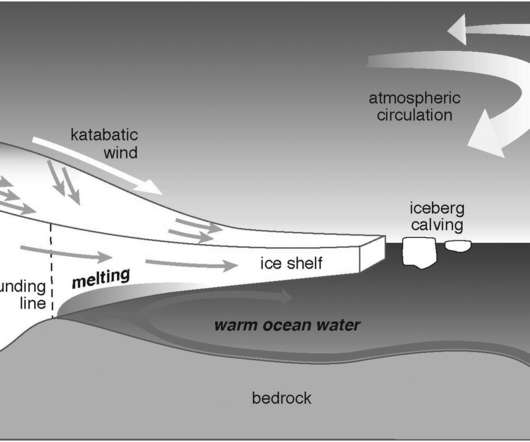Deciphering the ‘SPM AR6 WG1’ code
Real Climate
AUGUST 12, 2021
I followed with great interest the launch of the sixth assessment report Working Group 1 (The Physical Science Basis) from the Intergovernmental Panel on Climate Change (IPCC) on August 9th. The cause of our changing climate is the increase in atmospheric greenhouse gas concentrations that we have released into the air.



















Let's personalize your content